Welcome, New Math Teacher! If you have made it to this blog post, you are most likely about to enter your first year of teaching or your first year of teaching math. (And if you are a veteran math teacher, we would love for you to share your tips in the comments :))
We will be attempting to cover everything that will set you up for success in your first year. If you haven’t read part 1, do that first.
- Part 1 – How to Teach Middle School Math as a New Teacher
- Part 2 – Cultivating a Strong Classroom Culture (You are reading this one now!)
- Part 3 – What To Do When Everything is Urgent and Important
- Part 4 – Our Favorite Practices
Today’s post will be all about cultivating a strong math classroom culture. Let’s do it!
Be Proactive
A strong classroom culture is predicated on students knowing what is expected of them and rising to meet that bar. This means you will need to communicate what you want students to be doing 100% of the time they are in your classroom.
I can talk at length about routines and procedures and we have 4 blog posts dedicated to them, so I won’t belabor those systems anymore. Please be sure to check them out though because they are pretty comprehensive.
- 20 Must Teach Routines and Procedures
- 15 More Must Teach Routines and Procedures
- How to Teach Routines and Procedures that Stick
- Routines and Procedures for the First Day of School
Create a Safe Space
I had a student who would pick up her bell ringer from the door and stare at it for 5 straight minutes. This student was not off task in the slightest; she had her supplies, she came to class early, and she wasn’t chatting with classmates. She would just stare at her paper. After inquiring about her inactivity, she revealed to me that she feared making an error.
This took me back to my math experience as a student; I couldn’t think of a single instance that I volunteered to answer by raising my hand. I was so scared to be wrong that I avoided eye contact any time a teacher asked a question.
Creating a safe space for making mistakes is vital to your students’ success in math.
I will point you to Jo Boaler’s research on how mistakes make our brains grow which is a fascinating read. This quote really nails it:
In our work with students we have found that when students realize that mistakes are helpful for their brains it changes them, significantly. They become more willing to struggle and try harder mathematics, and keep going. Understanding the power of mistakes is critical, as children and adults everywhere often feel terrible when they make a mistake in math. They think it means they are not a math person, because they have been brought up in a performance culture in which mistakes are not valued—or worse, they are punished.
– Jo Boaler
So how can you encourage mistake making? Start with yourself.
If a student points out an error, celebrate it: Wahoo! I made a mistake! My brain is growing!
If a student asks you a question that you do not know the answer to, admit to that. Great question! I am not sure I can answer that right now, but I will find out.
If a student shares something incorrect, tell them that their brain just grew instead of telling them their answer is incorrect and then give them a moment to try again.
After I learned that the student was fearful of making an error, I started to hand-write (before making copies) “You don’t have to be right, but you do have to try!” on my bell ringers.
Lean into the Productive Struggle
If you are teaching middle school (particularly math) then you should prepare yourself for this second point… teach students to work through hard things, also known as productive struggle.
This is still a battle I fight daily. The first thing I begin teaching my students to say is, “Mrs. Brack, will you clarify this part to me?” or even simply, “I need help.” “I don’t get it” suggests that you are passive in the understanding of a problem.
You can respond with, “I don’t get it yet.” Or you can come up with a norm (see next point) for how to combat passive learning.
Then, you need to shift those “I don’t understand” type responses to a specific question about the content. Or by asking, “What do you understand?” We want them to make a connection to something they already know and then construct a plan based on that.
This flowchart (that you can grab for free below) is something I would point to when my students were stuck.
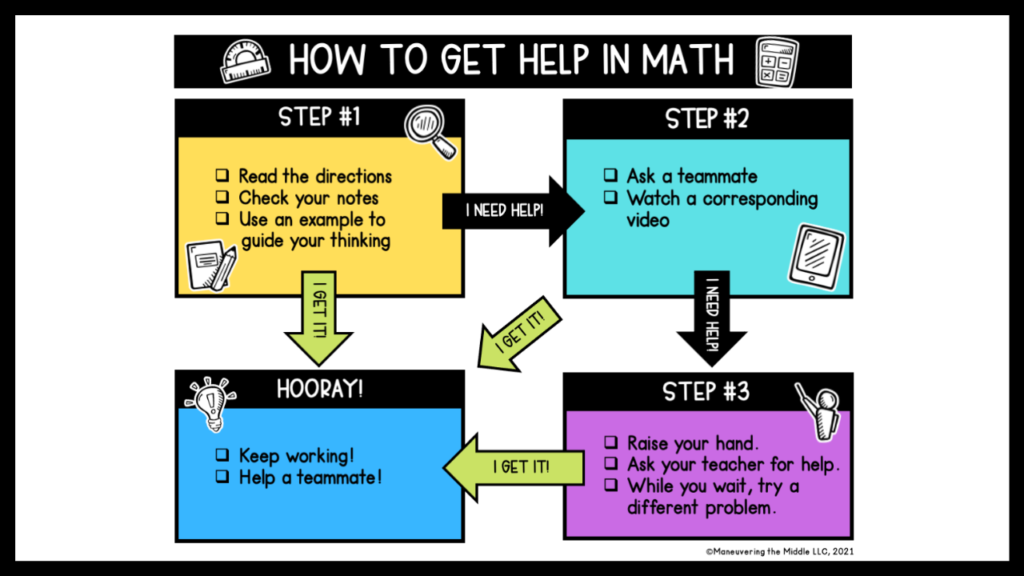
Click here to get your own copy of my How to Get Help in Math Flowchart.
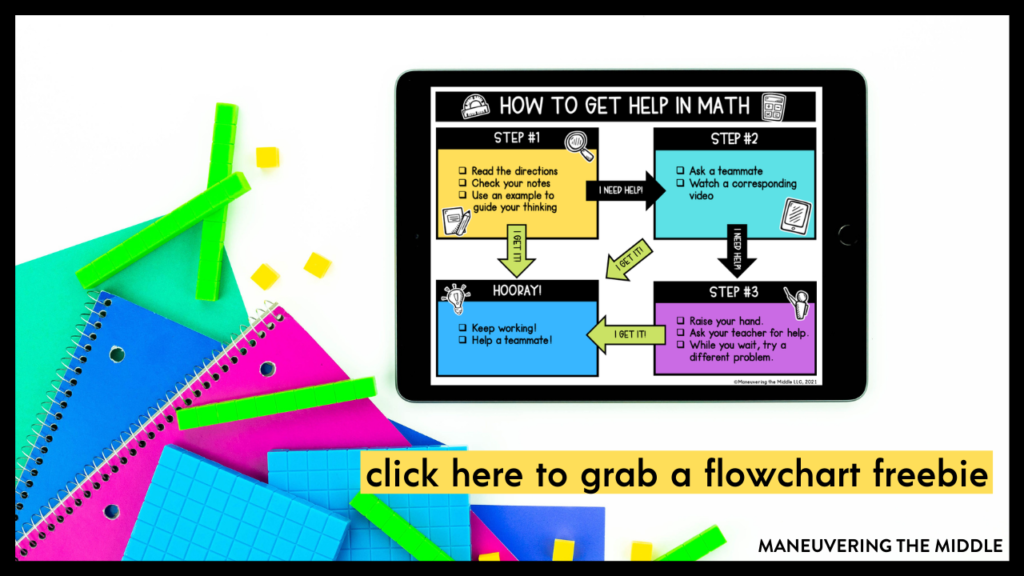
Create Norms as a Class
This goes hand-in-hand with being proactive. With your students, come up with 3 or more “norms” or practices that will hold everyone accountable to learning math. To start the brainstorming process, you can ask students and yourself, “What needs to be in place for everyone to be successful in our classroom?” Students may respond by saying:
- Don’t give up.
- Ask for help when stuck.
- Respect each other.
- Mistakes help us learn.
After you and your students have brainstormed a list of norms, post these norms on your classroom walls and refer to them daily. Students are bought in because they have a say in the very foundation of your classroom culture.
Start With Yourself
As a new math teacher, you don’t know what you don’t know. Even veteran teachers are lifelong learners of instructional math practices. Get comfortable asking for help from a trusted colleague, or even the brilliant teachers that are readily available in many Facebook groups.
Join All Access
An All Access membership will save you time and energy in your first year of teaching. I wish All Access existed my first year teaching – I believe it would have made for a less stressful year!
“Maneuvering the Middle gave me my life back and I know my students are getting what they need!” – All Access Member
Click here to learn more about All Access.
When it comes to teaching math, many things have changed. If you are relying solely on how you learned it growing up, then you are likely missing out on some great strategies. The way that I taught students to divide fractions during my first year teaching is nowhere near how I would approach teaching dividing fractions today.
Veterans, what tips do you have for new math teachers? New math teachers, what questions do you have?
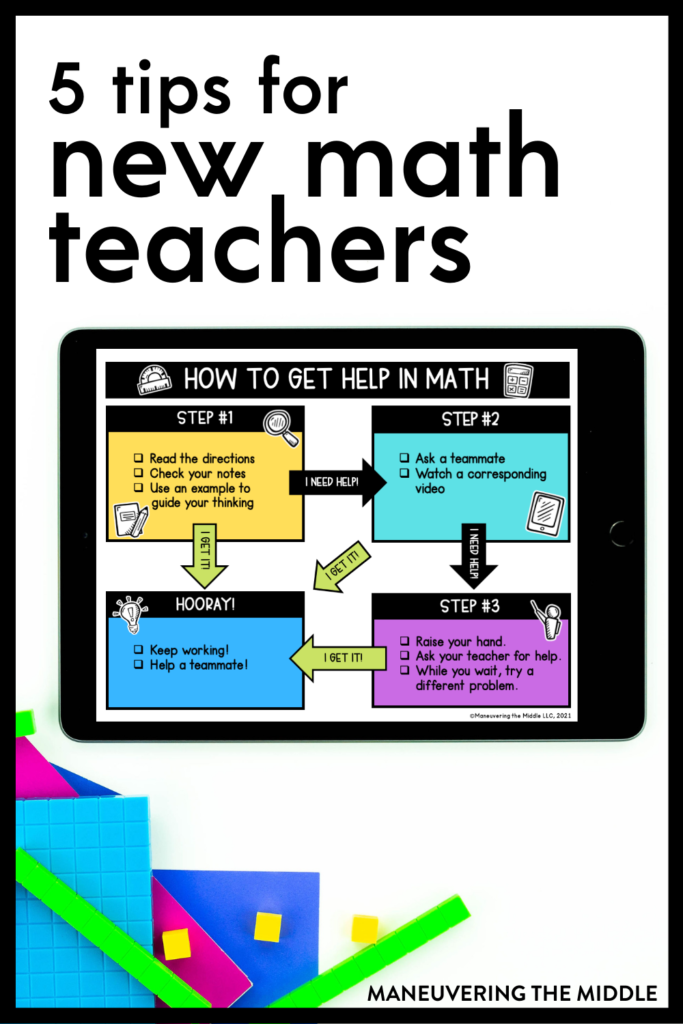
Editor’s Note: Maneuvering the Middle has been publishing blog posts for teachers for nearly 6 years. This post was originally published in June of 2017. It has been revamped for accuracy and relevancy and to include a Good Morning Teacher podcast episode.
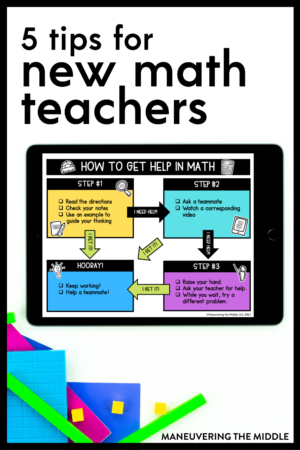

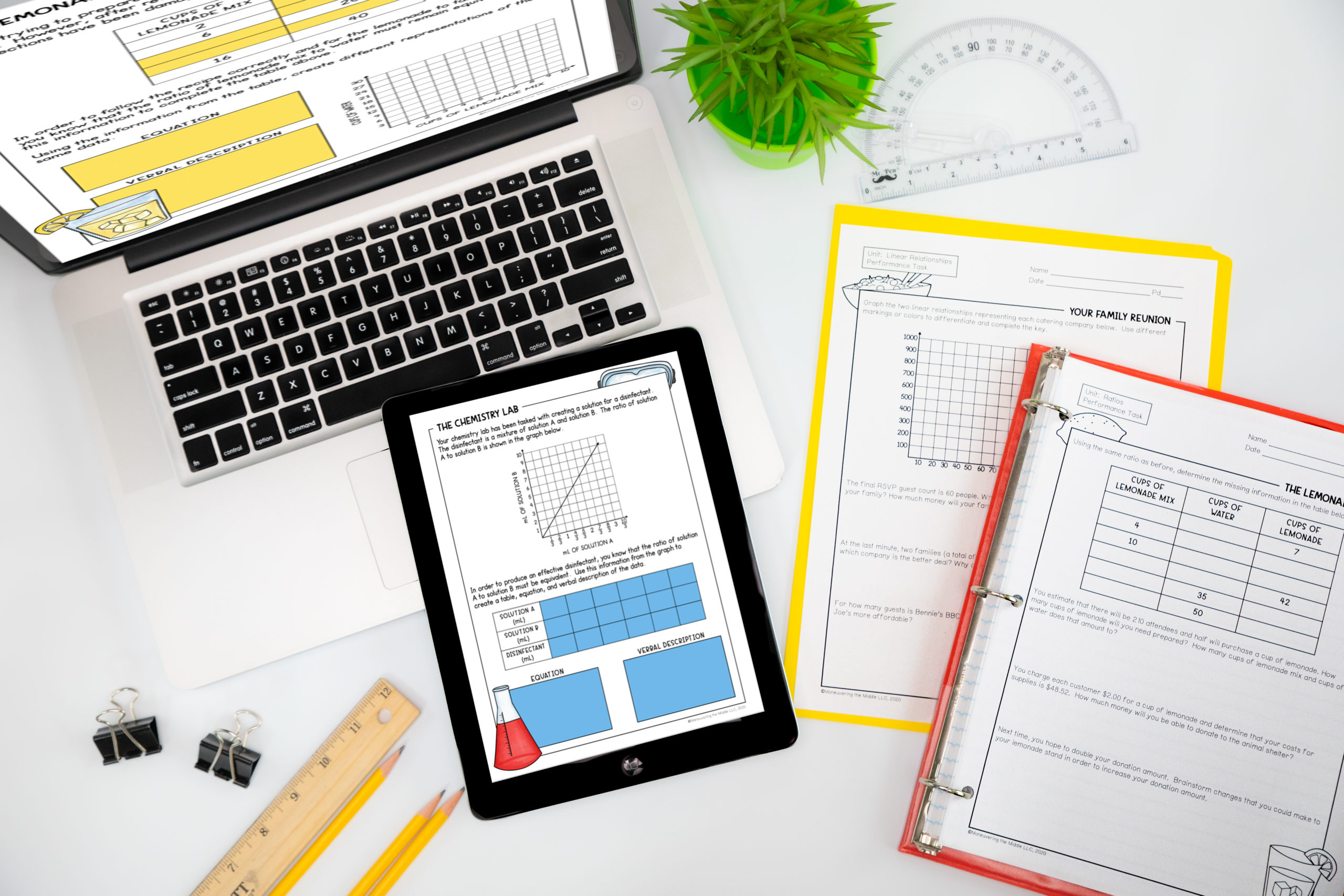
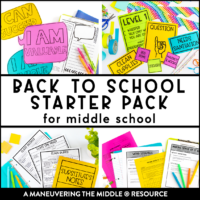
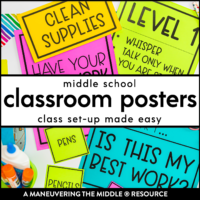

I love the flowchart as a visual. I have tried this in the past and find that I still have several “lazy” students that don’t want to contribute to a group. Do you have suggestions?
Do you have any suggestions for helping with Number Sense?
I believe you’ve hit the top issues with clarity.
I love the graphic! What a great way to illustrate what students need to do. I especially love the Courage title.
Love your website!! I am switching over to middle school math this year and you have been a temendous help!!! Thank you
Thanks so much, Heather! I am so glad to hear that you have found it helpful. 🙂
Hello! Thank you for your articles! I just read the one on Homework agenda! 🙂
I am intrigued by your comment regarding fact fluency vs. number sense. How did you work on building number sense in the upper grades? Our school does a school wide reading incentive program and we have a team that is looking into how we can build a math centered school wide initiative. We originally were going to build it around fact fluency, so now I’m wondering if we should think about basing it somehow around number sense. Any advice and/or activities you have would be greatly appreciated! Thank you!
Hi Kristina! I would suggest looking at Jo Boaler’s website. She talks a lot about it at the upper elementary level, possibly you could take some of the ideas and apply them to middle school.
Thank you! I appreciate your time!
Do you have an editable version of the flowchart that you are willing to share?
I don’t at this time, but it’s a great idea!
I am a CPA turned 8th grade math teacher, and I’ve lived on your blog all summer as I approach my very first year. I’ve even read some more than once. You are so helpful and encouraging!! Thank you for all that you do 🙂
P.S. I’m trying to convince my husband that I “need” your bundle on TPT too! lol #butireallydo
I am so glad that you have found the blog helpful! I hope you have a great year!
Excellent tips, Noelle! Thank you very much for sharing them with everyone. I loved your chart. It’s very clear.
Thanks so much! Glad you found it helpful!
I’m going in to my very first year of teaching (ever & math) at a YES Prep school! Just found your blog and am LOVING it.
Thank you!
Nadia
Hope you have a great first year!
I love your voice level posters! Is there some where I can download them from?
Hi, Gina – They are available here: https://www.maneuveringthemiddle.com/product/classroom-poster-pack-for-middle-school/
As I transition to teaching middle school, possibly math, this site is a breath of fresh air! Thank you!